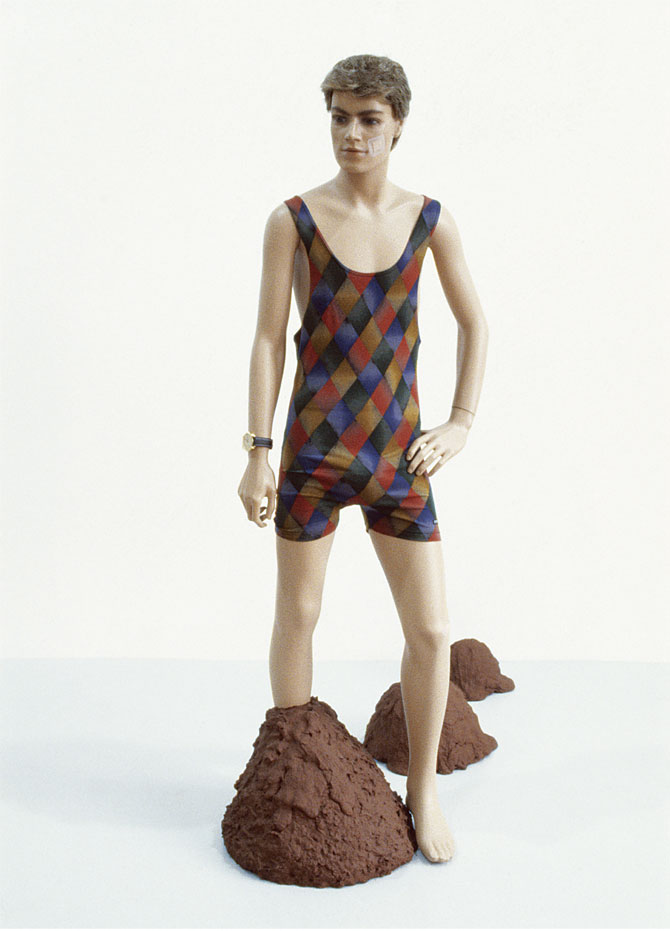
ΔΙΑΦΗΜΙΣΗ
ΔΙΑΦΗΜΙΣΗ
ΔΙΑΦΗΜΙΣΗ
A short block west on Prince was Annina Nosei, the gallery of Barbara Kruger and Jean-Michel Basquiat, who, legend has it, had been kept down in the basement by the wily dealer, painting day after day. This was also the gallery that, nervously and rightly so, gave me my first job in New York back in ’84. Where I once sat, with barely a clue about who I was or what I was meant to do, at a small desk by the front door, the frocks of Miu Miu hang from the racks. Memorable moment: At an opening one night, a polite young man asked Nosei whether he might use the restroom. Without a second’s thought she replied, “We don’t have one, and it’s not working.”
ΔΙΑΦΗΜΙΣΗ